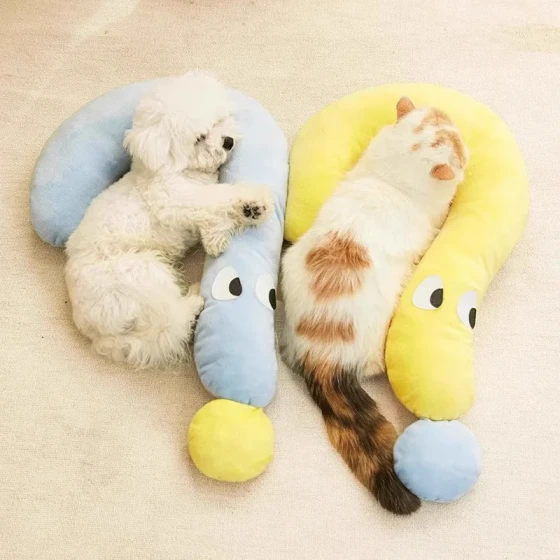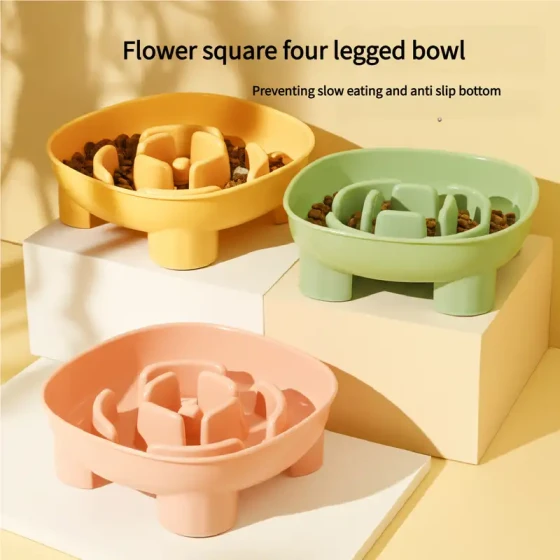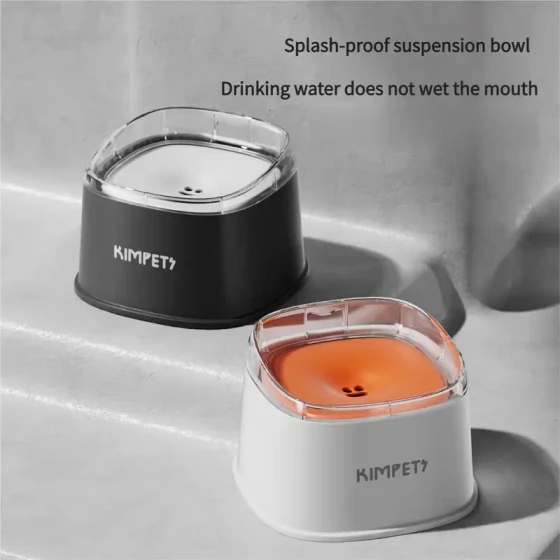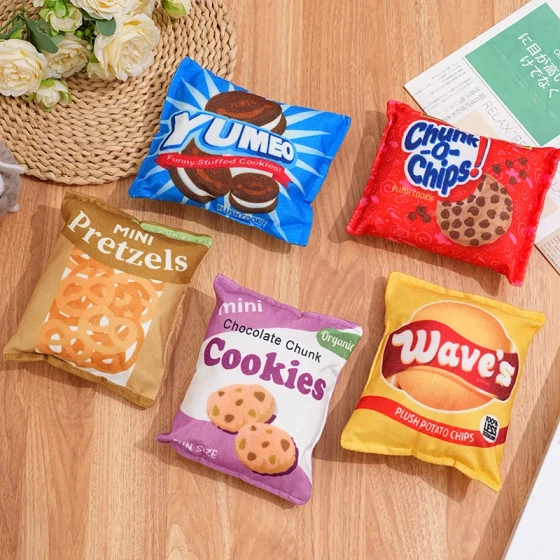Manchester Terrier Care Knowledge
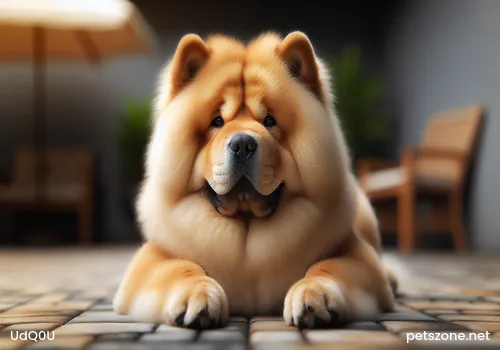
Manchester Terrier (detailed introduction)
Healthy Manchester Terriers are raised this way: regular internal and external deworming, regular vaccination, reasonably arranged bathing and grooming times. Frequent bathing is not necessarily good for the dog. If you bathe the Manchester Terrier every two or three days, or even daily, it will wash away their protective coat.
Immunity in dogs refers to stimulating the dog's immune response through vaccine injections to produce sufficient antibodies to prevent infection from several major infectious diseases harmful to dogs' health.
1. Which pet dogs need vaccinations?
1. All puppies over 2 months old and adult dogs that have not been immunized.
2. All puppies and adult dogs whose immunity protection period has expired.
3. All puppies over 2 months old and adult dogs with uncertain immunization status.
2. Which infectious diseases can current vaccines prevent?
1. Rabies
2. Canine distemper
3. Canine parvovirus
4. Canine infectious hepatitis
5. Canine parainfluenza
6. Canine adenovirus
7. Canine leptospirosis, etc.
For Manchester Terriers, brushing the coat is the most important grooming procedure. A natural bristle brush is the best choice. Daily brushing can reduce the frequency of bathing. It is necessary to brush following the direction of hair growth every day. Its main purposes are twofold: one is to remove dust from the fur; the second is to promote oil secretion from hair follicles, increasing the hair's shine. There are two types of Manchester Terriers: Miniature and Standard. Both types require the same grooming procedures.
1. Hair brushing care: This method not only cleans the coat but also promotes skin metabolism. During early spring shedding, it also promotes new hair growth. If the coat forms mats, it can become a breeding ground for parasites and can easily lead to skin diseases. Therefore, start brushing the dog once daily from puppyhood. When brushing, the order can begin from the easier-to-brush back, then follow through the limbs, abdomen, neck, head, below both ears—part by part slowly. After brushing smooth, brush once against the direction of hair growth. If you encounter mats, use a wide-tooth comb to grasp the root of the mats carefully to avoid skin damage. Comb them out little by little, then use a fine-toothed comb to gently remove them. If mats are too many or too dense, like a thick carpet, you can spray detangling spray first, then comb. If the knots still can’t be combed out, cut them off without hesitation to avoid excessive force damaging the skin and causing dog resistance, making it impossible to brush in the future. Alternatively, comb against the hair to lift out trash and debris, then comb along the hair to clear out the debris and shed hair. Brushing is generally done after exercise. At this time, conduct a full body check for wounds, insect bites, tumors, etc. Combs come in various types and should be selected according to the dog’s breed.
2. Haircut care: Grooming by trimming the dog’s hair for a more attractive look is called haircut care. It is best to have professionals at a pet clinic or grooming salon trim your beloved dog’s hair. However, Manchester Terriers have short hair, and usually, trimming is unnecessary. In hot summers, you can consider shaving, though it’s also fine not to shave. For issues related to hair texture, consider using shampoos and essential oils suitable for dogs.

